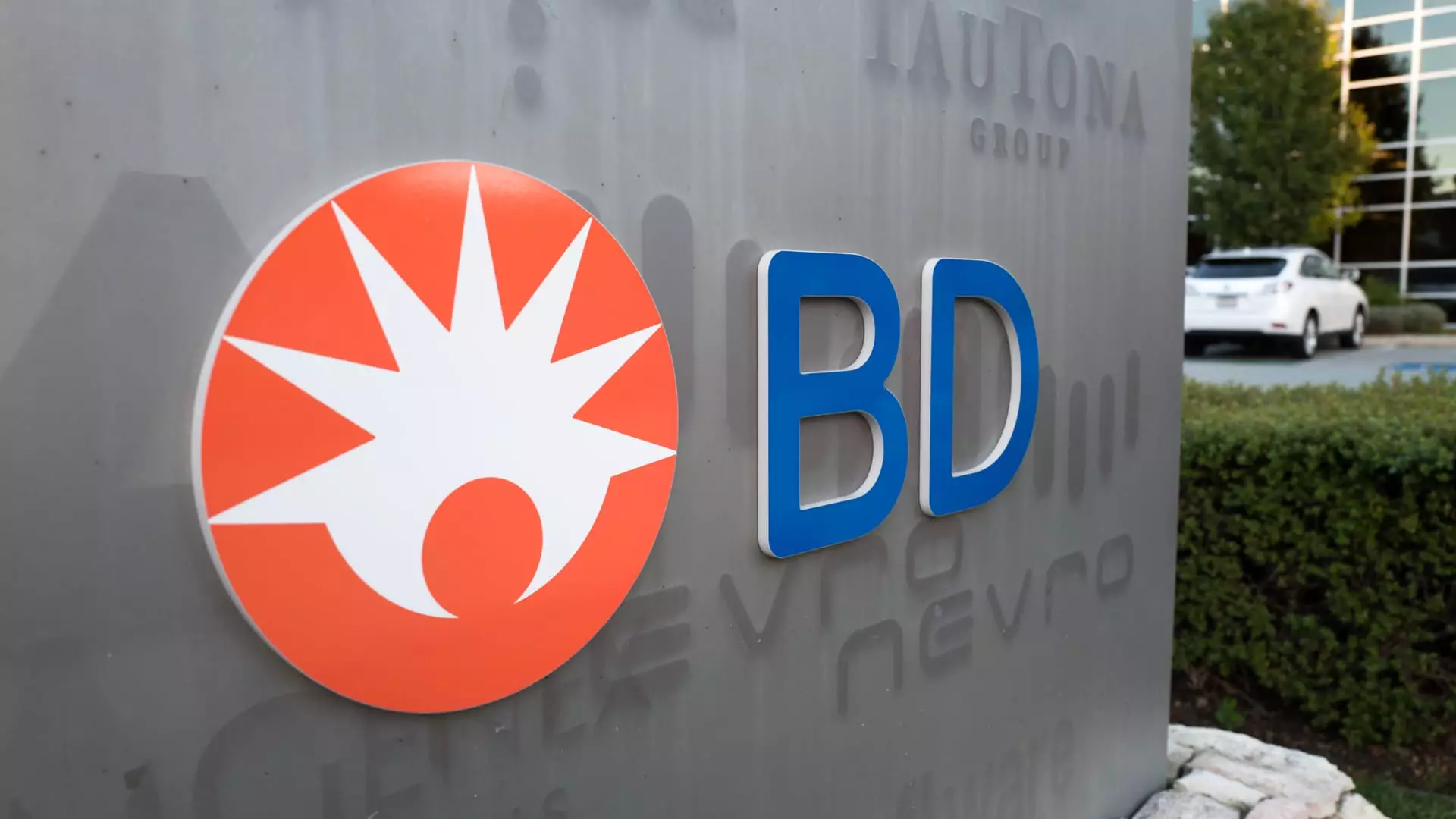Becton Dickinson (BDX) is a global powerhouse in medical technology, noted for its comprehensive range of medical supplies, devices, and diagnostic solutions. Despite its impressive portfolio and market capitalization of approximately $66.65 billion, current pressures and strategic calls for a business restructuring signal an imperative for change. This article delves into the intricacies of BDX’s business model, the rationale behind the proposed separation of its divisions, and the implications for shareholders and the market overall.
Becton Dickinson operates primarily within two distinct sectors: MedTech and Life Sciences. The MedTech division encompasses innovative medication delivery systems, advanced monitoring tools, and an array of interventional products, making BDX a leader in its domain. This part of the business has seen rapid growth, particularly driven by increasing demand for infusion pumps and prefilled syringes—two segments that have benefited from the rising popularity of medications like GLP-1s. In contrast, the Life Sciences division offers foundational resources for laboratory testing and diagnostics, serving a broad spectrum of healthcare providers.
As these two divisions progress through different maturity stages and growth trajectories, the core challenge arises from their juxtaposition under a unified corporate structure. The [current market valuation trends](https://www.marketwatch.com/investing/stock/bdx) suggest that while MedTech growth resides in the mid-single digits, Life Sciences is lagging with low single-digit growth. This disparity leads to valuation incongruities, raising the question of whether shareholders would be better served by segregating these two entities.
Activist investor Starboard Value has recently taken a position in BDX, advocating for the separation of the Life Sciences segment. Historical performance statistics reveal Starboard’s adeptness in these matters, possessing a history of delivering solid returns that surpass broader market indices. By accentuating the divergent growth potential and operational efficiencies of BDX’s divisions, Starboard highlights a critical misalignment that can be rectified through structural separation.
Starboard argues that divesting the Life Sciences division could unlock significant value, estimating a potential valuation for MedTech hovering between 13 to 14 times EBITDA, whereas Life Sciences might achieve upwards of 20 times. The overall aim would be to empower each division with tailored management teams who can concentrate fully on their growth strategies. Such a split could create a market valuation exceeding $110 billion, bolstering shareholder wealth in the process.
More than just straightforward financial benefits exist in dividing BDX. A well-executed split facilitates a clearer focus in leadership and operations, allowing each business to cultivate its own strategies, foster innovation, and enhance investor appeal. In essence, both divisions would be better positioned to pursue their market niches with agility and focus.
Additionally, separating these operations would enable streamlined integration for any acquisitions that, until now, may have been overshadowed by overarching corporate strategies. This narrowed focus can lead to improved margins and operational efficiencies that might otherwise remain untapped.
The Market’s Response and Future Outlook
The market’s reaction to Starboard’s involvement has implications that extend beyond internal mechanics at BDX. By publicly endorsing the separation, the investor firm is catalyzing broader dialogues within the investment community about corporate structure and shareholder value. The recognition that a corporate entity can be more than the sum of its parts is a lesson well-timed in today’s fast-evolving markets.
Moreover, with BDX’s recent announcement indicating an openness to strategic restructuring, the idea that traditional conglomerate models must adapt to dynamic market conditions appears more plausible. The investment ecosystem increasingly favors streamlined operations that can react swiftly to market demands, suggesting a reevaluation for other companies in similar positions.
Becton Dickinson stands at a critical juncture, where a strategic separation of its diversified segments could not only enhance operational efficiency but also deliver substantial value for shareholders. By responding proactively to the insights of activist investors like Starboard, BDX can position itself as a model for adaptability and growth in the healthcare technology sector. The proposed divisions would allow for tailored strategies that recognize and leverage market dynamics, ultimately creating a more resilient and focused corporate structure. In doing so, Becton Dickinson could reaffirm its status as a leader in the healthcare space while maximizing shareholder returns.

Leave a Reply